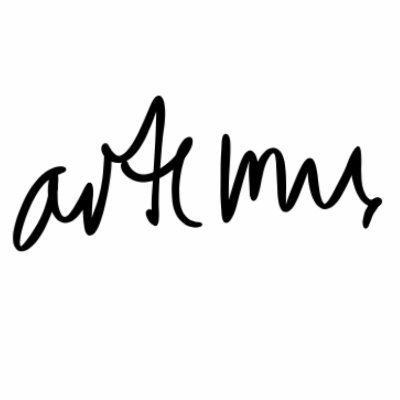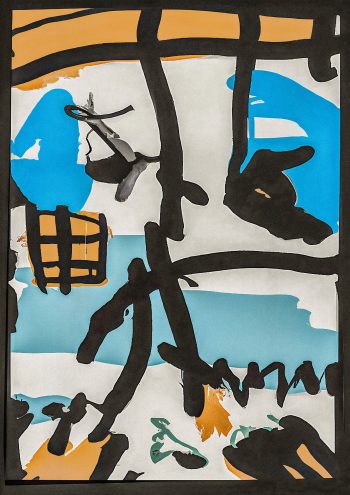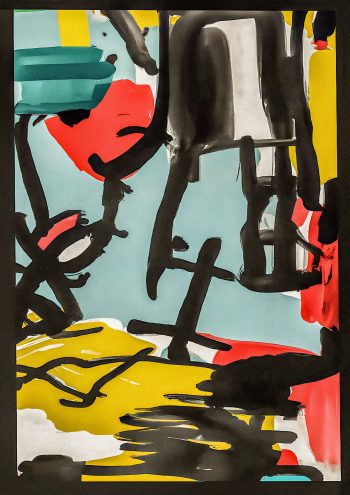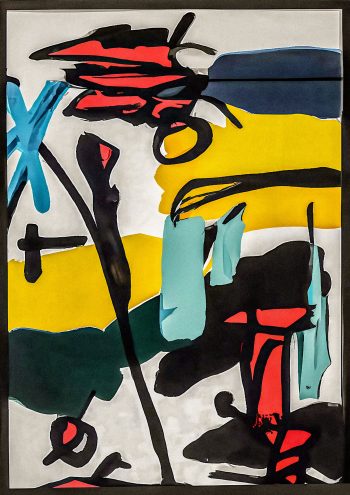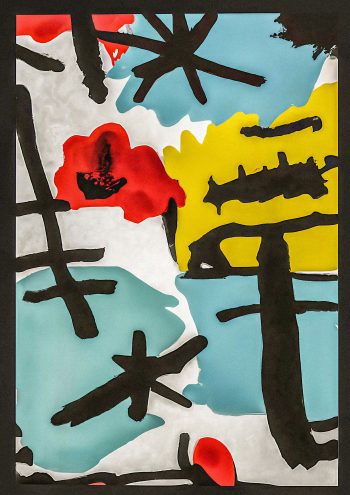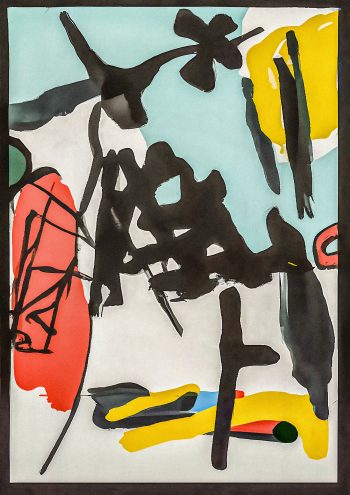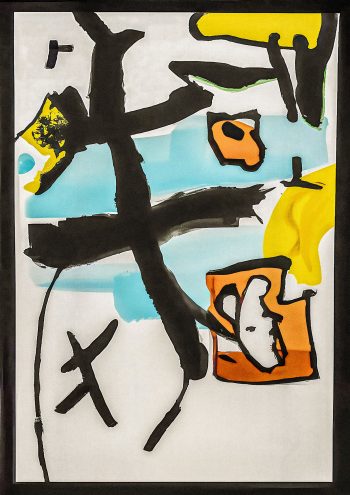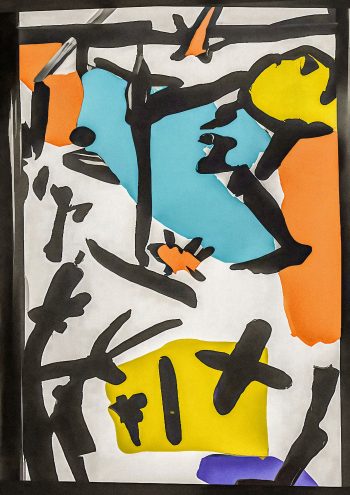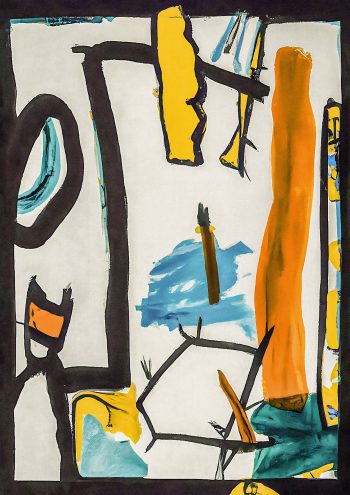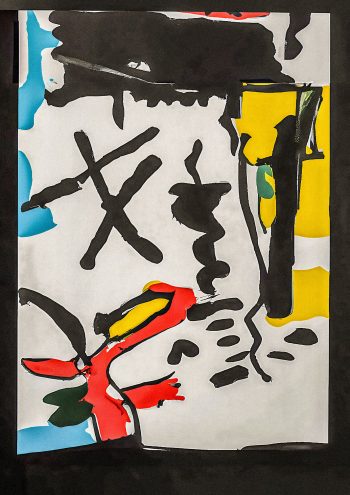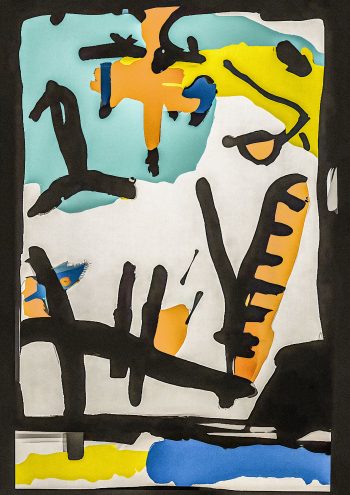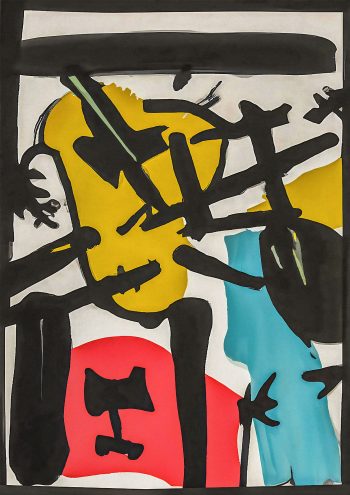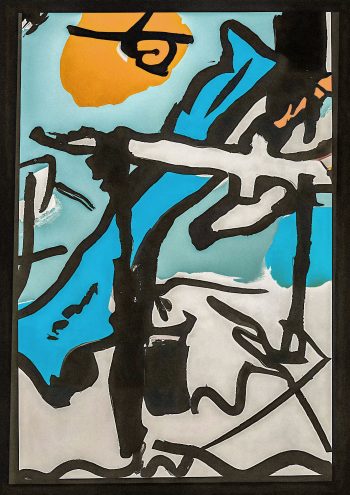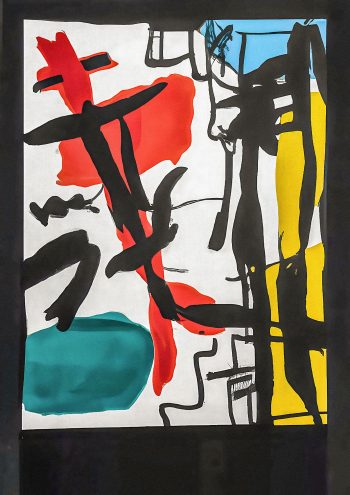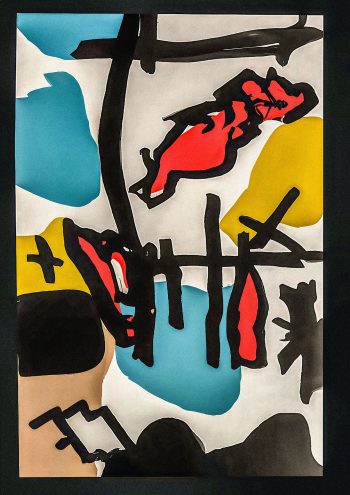
Release Date
September 18, 2023
Series Size
14 artworks
Release Platform
Whitelist Claims Page
WAYS
WAYS is a series of fourteen individual works, each created using the same algorithm and model, but each using its own configuration. The solution that drives the creation of the works is a combination of classical generative algorithmic automation and a trained machine learning model.
The WAYS works will be minted through a dedicated ERC721 contract, each of the fourteen works existing as a unique 1/1 token on the Ethereum blockchain. Each of the works will have a whitelisted wallet address eligible to claim.
WAYS Solution Origin
The code running the creation of WAYS is a forked version of my solution Consensus. Attempting to explore interplay between language based reasoning and generative algorithms, Consensus came about during 2022. The entire solution itself combines strengths of both classical generative algorithms along with machine learning models trained to output a certain style and feel of visuals.
Fundamentally, the Consensus algorithm consists of two layers of processes. First layer relies not on machine learning models but simple algorithmic logic in pure code. This first layer will divide the canvas into a grid of randomly sized rectangular sections that will make up the actual layout of the final artwork, along with generating shapes and forms within this grid. The second layer will utilise the machine learning model to impose colours and texture across these shapes and forms.
Anatomy of WAYS
Creation of a WAYS work relies on a series of individual layers and steps, each playing a key part in the final output.
The first layer is in charge of the overall composition of the work, like ‘where on the canvas can strokes of colour be imposed’. This composition is controlled by a generated grid across the canvas. This grid can be manipulated and changed, changing the internal coordinates of points in the grid.

Then, within this layer, clusters of pixels will be scattered across the canvas, effectively filling it with shapes and forms that all adhere to the composition defined in the grid. Much time can be spent using randomness to explore constellations and shape formations, to be finally carried into the second layer of the process.

The second layer will take these strokes from the first layer, and now it will fill them with colours according to the trained machine learning model’s configuration.


